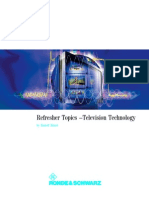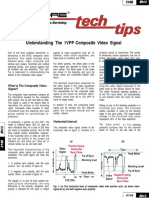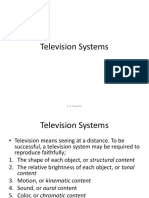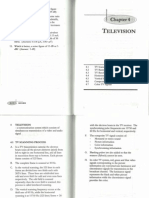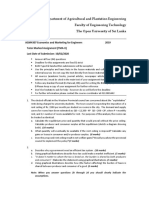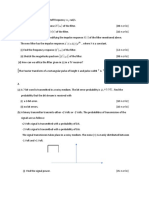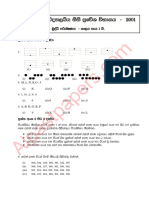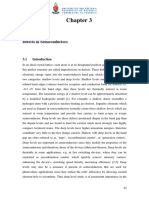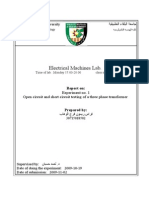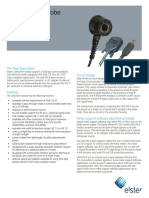0% found this document useful (0 votes)
49 views38 pagesTV Pricipals
This document provides an introduction to sound and TV broadcasting. It discusses how a TV system works by converting light energy to electrical signals, transmitting and receiving those signals, and converting them back to an optical image. It describes how pictures are made up of picture elements and how scanning works by examining images element by element in a scanning raster. It discusses progressive scanning, interlaced scanning, and the scanning lines and fields used in interlaced scanning. It also covers aspects like image continuity, picture repetition frequency, aspect ratio, the trace waveform, and components of the composite video signal like blanking and synchronization.
Uploaded by
DK White LionCopyright
© © All Rights Reserved
We take content rights seriously. If you suspect this is your content, claim it here.
Available Formats
Download as PDF, TXT or read online on Scribd
0% found this document useful (0 votes)
49 views38 pagesTV Pricipals
This document provides an introduction to sound and TV broadcasting. It discusses how a TV system works by converting light energy to electrical signals, transmitting and receiving those signals, and converting them back to an optical image. It describes how pictures are made up of picture elements and how scanning works by examining images element by element in a scanning raster. It discusses progressive scanning, interlaced scanning, and the scanning lines and fields used in interlaced scanning. It also covers aspects like image continuity, picture repetition frequency, aspect ratio, the trace waveform, and components of the composite video signal like blanking and synchronization.
Uploaded by
DK White LionCopyright
© © All Rights Reserved
We take content rights seriously. If you suspect this is your content, claim it here.
Available Formats
Download as PDF, TXT or read online on Scribd
/ 38


































